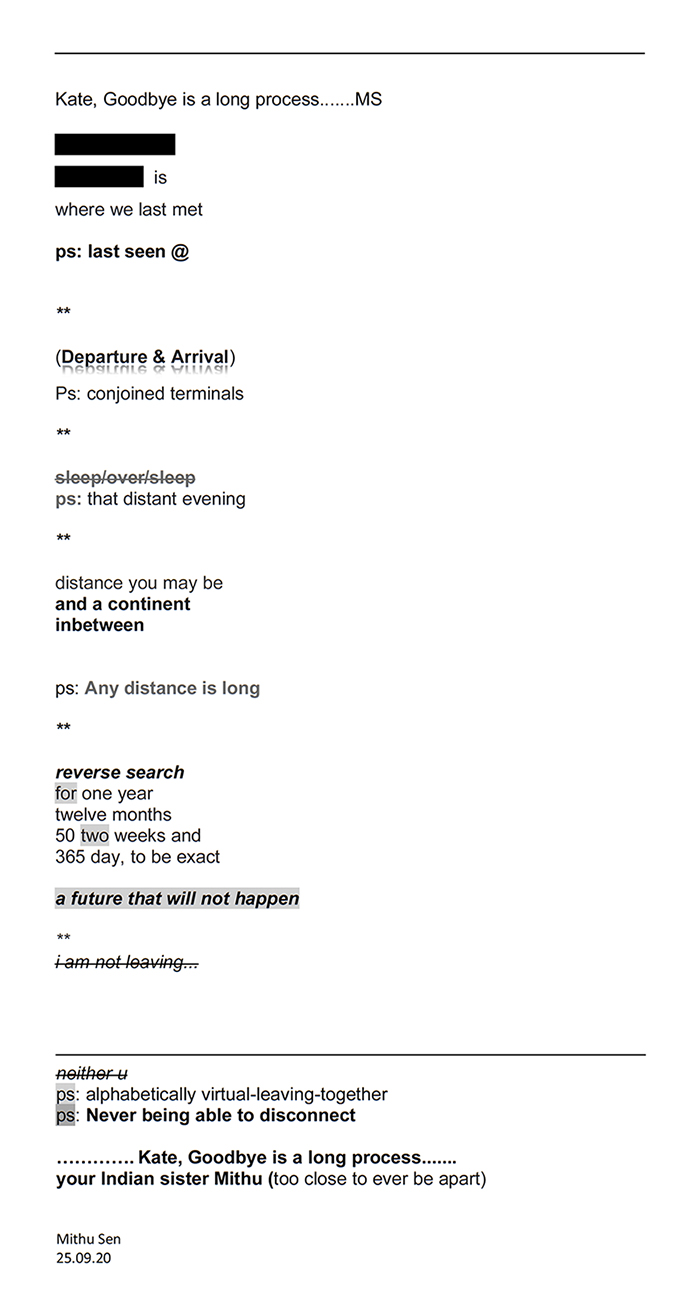Kate Daw
Like a perfume that evokes an unknown culture of another time and place, these small experiences – phrases, fragments, sensory notes and memories – can become the meaning to which we give life and which we find in it. +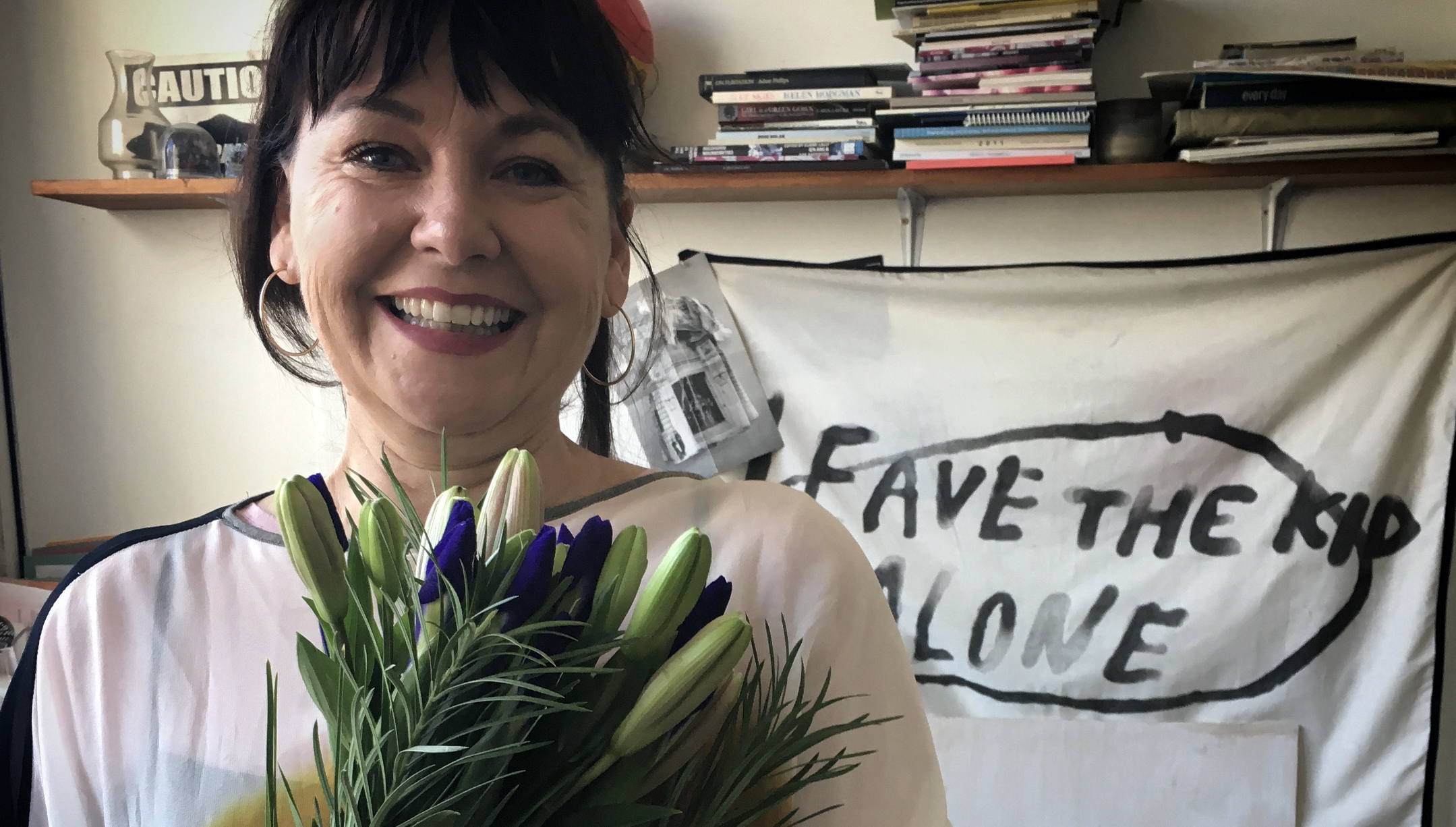
In Kate Daw’s Old names for old cities (2013), four ancient cities in India are rendered in clay and gleaming opalescent paint. Reminiscent of 70s graphics, her pastel coloured list evokes the lure of travel while alluding to post-colonial naming and reclamation. Kate’s travelogue of Indian cities, letters that stack and abut in rows, is further taken up in her nostalgic and evocative artist’s statement about aromas and sensory enhancement: the moments and memories that make life exquisite. Kate was ebullient and erudite. She loved all things floral, feminine and feminist which were fused into her capacious practice by gleaning the subjective experience of painting, reading and remembering.
In 2012, Kate visited India together with Vikki McInnes, Emily Floyd, John Meade, Stewart Russell and Simon Maidment (1) to undertake research and speak at Sarai – a program composed of researchers and practitioners who strive to develop a model of research practice that is public and creative – an initiative of Raqs Media Collective. Previously, each artist had undertaken residencies in India. Collectively, they began to reflect and revisit their prior experiences, returning to India as an act of revision. A companion exhibition, Sleep on the Left Side was presented at Seven Art in New Delhi with its poetic title alluding to the role of sleep in igniting dreams and imaginings that might be dormant: subjects of supreme interest to Kate. The group sojourn to India culminated in an exhibition at the Margaret Lawrence Gallery where Vikki was the Director. For many years, Kate and Vikki shared a desk, sitting side by side, and an immense, lifelong friendship unfurled.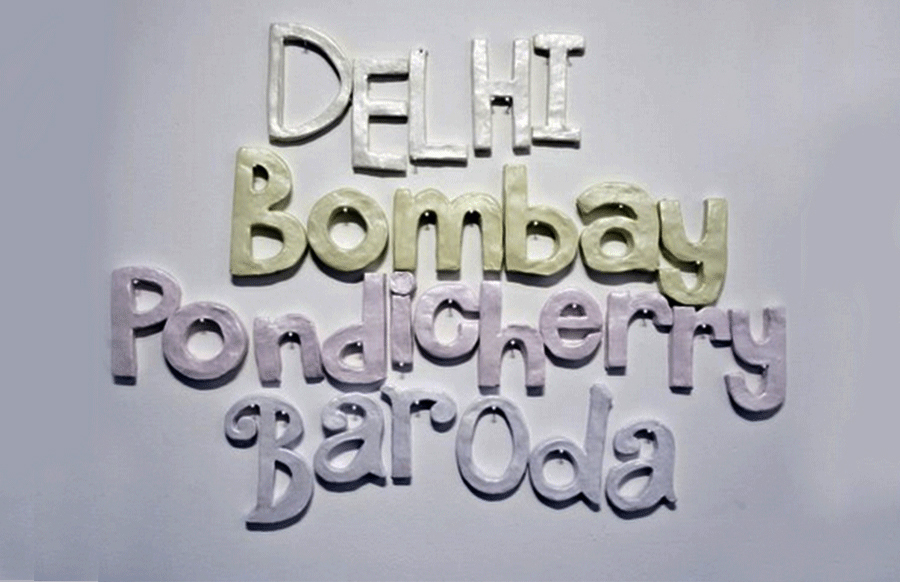 'Old names for old cities', 2013, by Kate Daw. Image courtesy of the artist and Sarah Scout Presents, Melbourne.
'Old names for old cities', 2013, by Kate Daw. Image courtesy of the artist and Sarah Scout Presents, Melbourne.
In 1995, Kate travelled to India on a 3-month Asialink residency at Maharaja Sayajirao University in Baroda which ignited a profound relationship with India. In her Asialink Arts Alumni Stories series, Kate recounted how she was deeply affected by the surrounds: ‘the experience came at a critical time in my development as a young artist. It was the first time I had spent time away to focus on my own work. It was a transformative experience for me…it underscored everything that came after that.’ (2) During the residency, Kate continued her signature typed text canvases with excerpts from literary, popular culture sources and romantic novels: "I chastise myself continuously for the time I waste that I should be spending more constructively; reading, writing, researching, thinking, make art, planning life ahead." (3) In addition, Kate produced a suite of candy coloured rose paintings, derived from the graphic design on a box of matches found in India. Throughout her career, Kate continued her ongoing depiction of floral motifs alongside sentimental and seductive verse embossed onto canvas with an old typewriter.
In August 1995 – the same year as Kate’s Indian odyssey – I curated a two-person exhibition with Kate and Maria Griffin called Swoon, about rapture and romance. Kate assiduously helped me make the small publication which we printed on a family member’s colour printer along with her crimson, wallpaper of cherries. In addition, I was lucky to have written about Kate’s early exhibition at William Mora Galleries in Melbourne in 1992, relishing her ‘wit and insouciance’ amidst ‘inflamed hearts, the scent of gardenia and the frivolous rush of playing piquet.’ Later, notions of narrative were taken up by Rachel Kent’s curation of Kate’s work in the group exhibition Telling Tales: excursions in narrative form (2016), for which I wrote her catalogue entry. (4) With her red lipstick and captivating blue eyes, Kate’s personal stories resisted grand narratives, instead rejoicing in the everyday wonder of our interconnectedness.
During her residency in Baroda, Kate met academic, scholar and curator Dr Chaitanya Sambrani, who was an interlocutor for a subsequent summit in Jaipur (2013) and Red Hill Victoria (2011): a retreat for 10 artists from India and 10 artists from Australia, continuing ongoing dialogue and forging lifelong connections. Participating artists included: Jon Cattapan, Lyndell Brown and Charles Green, Fiona Hall, Mithu Sen (whose poem is featured below), Gigi Scaria, Pushpamala N, Emily Floyd, Gulammohammed Sheikh and Savandhary Vongpoothorn, amongst others. Kate recalled the enduring friendships from this gathering especially with artist, Mithu Sen, with whom Kate was planning a book. In 2013, Kate also exhibited with her comrades Vikki McInnes and Kate Barber of Sarah Scout Presents at the India Art Fair, covering the stand in a screen-printed rose pattern. The wallpaper was accompanied by new paintings and a text excerpted from an interview that Kate had undertaken with Rosemary Ricker: an elderly collector who had been born in India only to return in her latter years.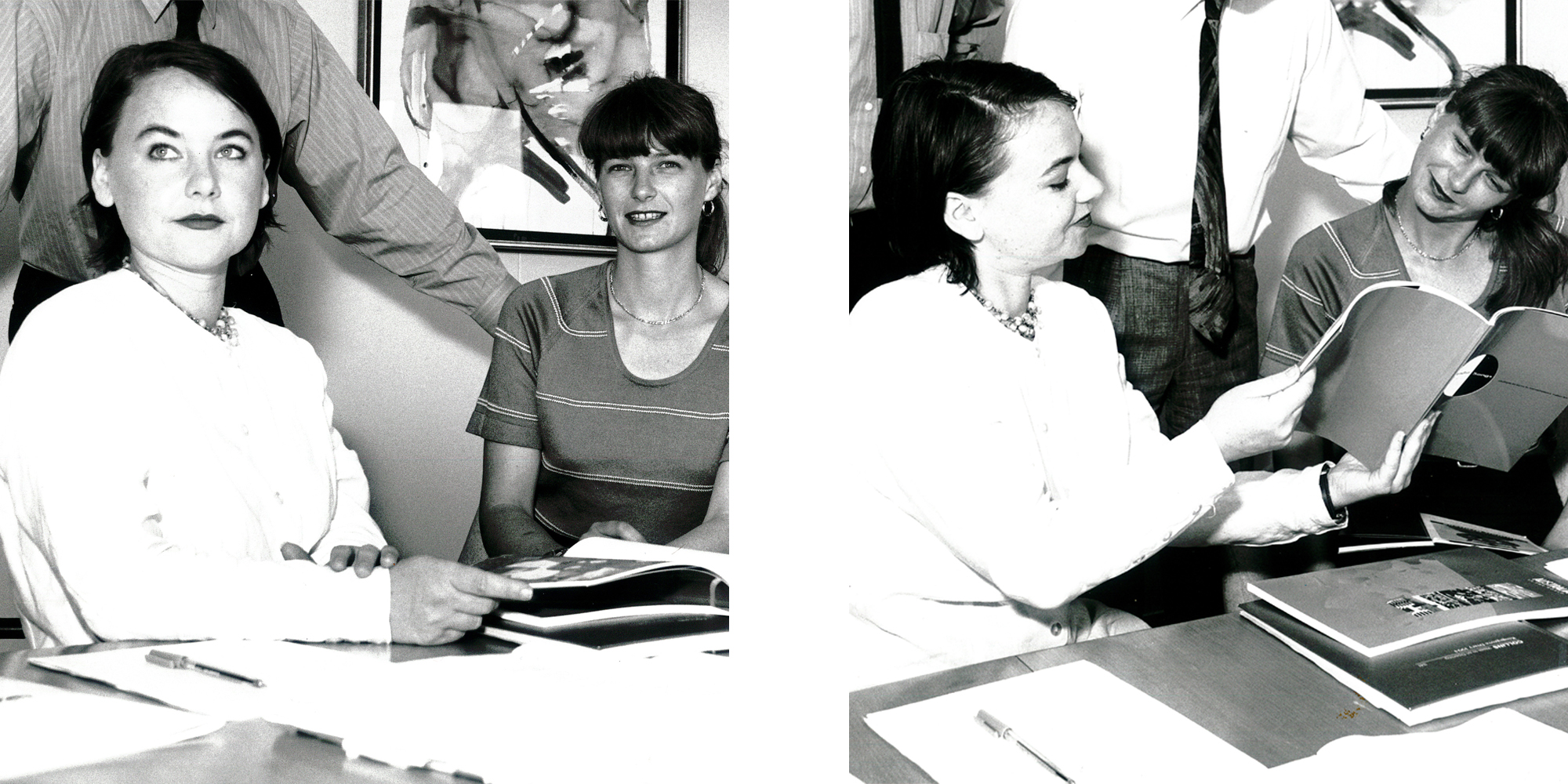
Kate was part of a research cluster at CoVA with Danny Butt, David Sequeira and I called ‘Art across the Archipelago: Indian Ocean Exchanges’. We met frequently, building alliances with the Asia Pacific Triennial including artist Mithu Sen, developing cultural links and forging understanding across Australia, Indonesia and India. Together, we generated public lectures, research seminars, panel discussions and affiliations with a variety of colleagues inside and outside the academy at MPavilion, Buxton Contemporary, Biennale of Sydney and at the Stables, where Kate’s office was located on the Southbank campus.
As a group, we met with fervent discussions about new initiatives followed by a frenzy of emails. Until recently, we were scoping an online program with Indonesian Art Institute in Yogyakarta about stargazing, digital actions and online commissions with Danny leading the program. Previously, Danny had travelled with Kate, Sally Smart and Konfir Kabo on a tour of Jakarta, Bandung and Yogyakarta to launch the Australia Indonesia Art Forum. The hectic pace involved twenty-four hours in Bandung where they had presentations from over thirty artists. Danny reflects that: "Kate loved art and artists - she understood that a pop of colour in the everyday could hold us through life's larger challenges. She not only lived that as an artist but advocated for everyone to participate in the potential of the aesthetic lift." (5)
Prior to our CoVA meetings, I would secretly go up early to Kate’s office in the Stables in order to have some minutes alone with her, basking in her friendship and positivity. We talked fashion, fragrances, literature and the many intersecting (and chaotic) aspects of life as a mother, artist, wife, leader and mentor. On one of these occasions we discussed the writings of US feminist Camille Paglia and Kate immediately handed over her own copy of Glittering Images with its enthralling and revisionist account of visuality and feminism.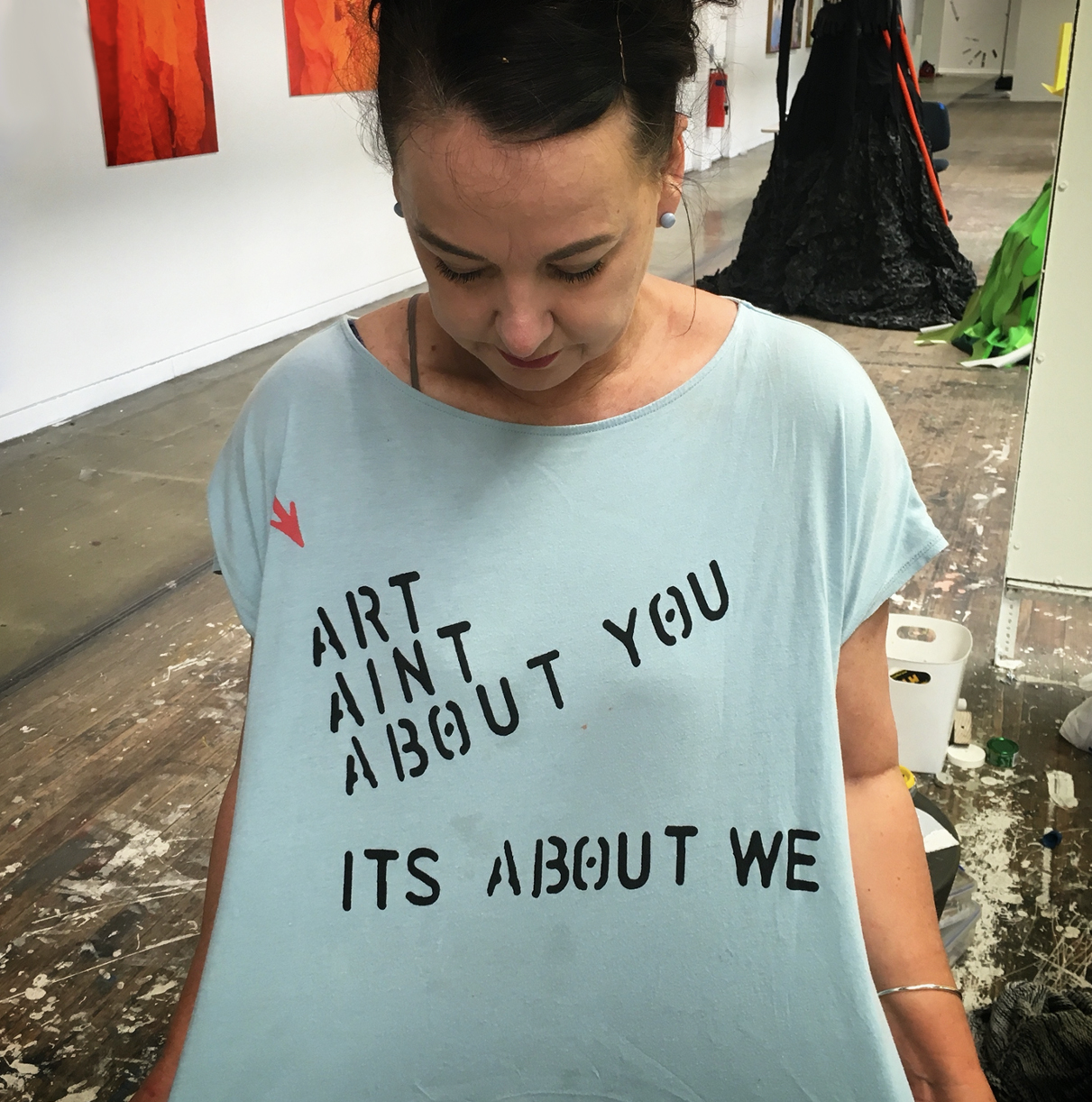
As part of our research node, in March 2019, Kate and David presented at the Kochi Muziris Biennale delivering a paper at the Student Biennale conference, accompanied by three postgraduate students. Notably, VCA was the only Australian art school to participate. Whilst in Kochi, Kate and David devised the term, ‘incidental curriculum’: "We use this term to describe learning opportunities that did not involve academics in a formal sense. In this context, our role was to create a space (both physical and metaphoric) for students to learn: the conversations in stairwells and corridors, open mic sessions, student led exhibitions etc. Even taking students to Kochi can be considered as incidental curriculum…there is no formal or structured outcome. As academics we have the confidence that the outcomes will be powerful (even if we don’t know what they will be). In many ways, the incidental curriculum is so much more potent that the actual curriculum." (6)
Kate and David shared numerous synergies and closeness (sometimes finishing each other’s sentences). We all knew how Kate was immeasurably creative with all aspects of her life intertwined. She avidly devoured literature, audio books, popular culture and fashion as sources for her practice that was linked to her daily existence affirming the adage that the personal is political. Aware of the profundity of the small moments in life whether glamour, motherhood, recipes, literature and art, she relished the success of others with her affirmative disposition and constant encouragement. She melded authorship, narrative, personal memories and shared cultural recollections as part of a feminised endeavour.
For her, love and work were the cornerstones of her humanness. Always buoyant, smiling and radiant, Kate declared: "My vision as Head of VCA Art involves seeing – and believing in – culture as a force for positive change in the world." (7)
It’s our responsibility, together, to take her exuberant vision forward.
Professor Natalie King OAM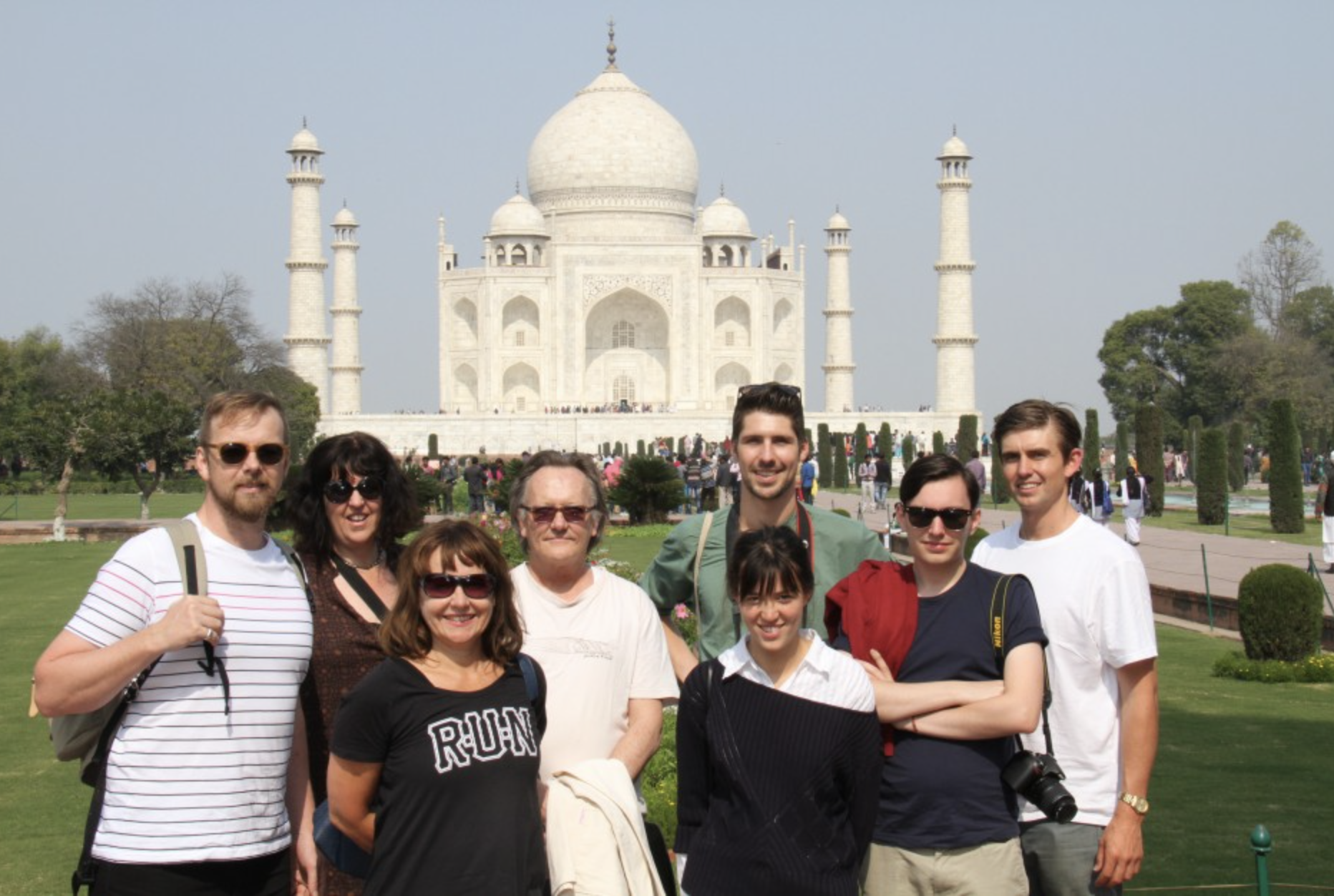
+ Kate Daw, ‘Meadow’, Ghar Ghar Ki Baat / Tales from Two Homes, curated by Heidi Fichtner and Vikki McInnes, exhibition catalogue, Margaret Lawrence Gallery, Victorian College of the Art, The University of Melbourne, Melbourne, p. 12.
1. Simon Maidment and I curated Kate’s permanent public artwork with Stewart Russell at Docklands. Civil Twilight End (2011): a bell tower that rings each day at the end of civil twilight, when the sun has dipped below the horizon but the sky is still light. For Daw: ‘A bell tolling at this romantic, even melancholic, time of day introduces a heightened sense of belonging to the Docklands community.’
2. Asialink Arts Alumni STORIES: Kate Daw
LINK
3. Asialink Arts Alumni STORIES: Kate Daw
LINK
4. Natalie King, ‘Kate Daw: Love, Work’, Telling Telling Tales: excursions in narrative form, curated by Rachel Kent, Museum of Contemporary Art, Sydney, 2016.
5. Correspondence from Danny Butt, September 2020.
6. Correspondence from David Sequeira, September 2020.
7. Kate Daw, Head of VCA Art, on her vision for artists in Southbank
LINK
